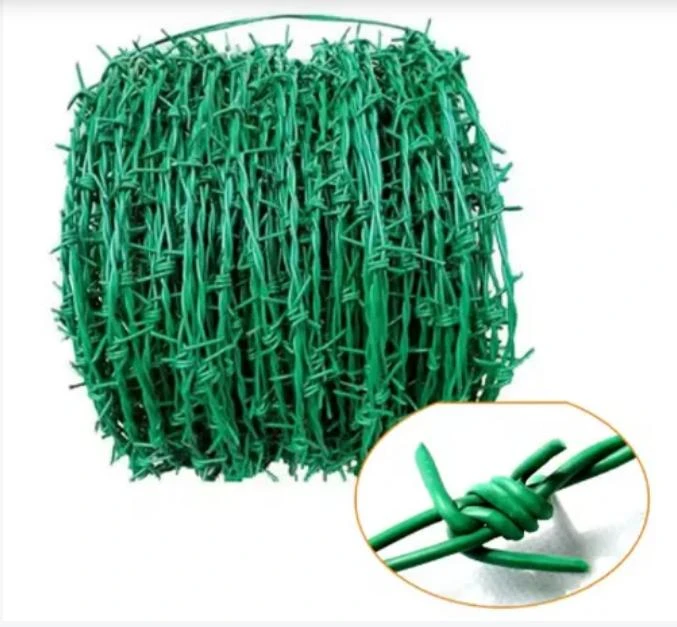-
 Phone:
Phone: -
 Email:
Email:

Innovative Solutions for Gravel Retention and Erosion Control Systems
Understanding Gravel Netting Importance, Applications, and Benefits
Gravel netting, also known as gravel retention or gravel stabilization systems, is an integral technology used in landscaping, construction, and environmental management. This innovative technique has gained considerable popularity due to its numerous advantages, including erosion control, soil stabilization, and enhanced aesthetic appeal. This article delves into the significance of gravel netting, its applications, and the benefits it offers.
What is Gravel Netting?
Gravel netting refers to a network of synthetic materials or geotextiles used to hold gravel in place while allowing water to drain through. Typically made from high-density polyethylene (HDPE) or polyester, this netting prevents gravel from migrating or washing away in the face of rain or strong winds. It is designed to withstand various environmental conditions, making it suitable for a variety of applications.
Applications of Gravel Netting
1. Erosion Control One of the primary applications of gravel netting is in erosion control. When installed on slopes, driveways, and walkways, it helps prevent soil erosion by keeping gravel securely in place. This is particularly crucial in areas with heavy rainfall, where loose gravel is prone to washing away.
2. Sustainable Landscaping In sustainable landscaping and green building practices, gravel netting can help create permeable surfaces. By allowing water to infiltrate through the gravel while maintaining its structural integrity, it aids in groundwater recharge and reduces runoff, making it an eco-friendly option for gardens and pathways.
3. Parking Lots and Driveways Many commercial and residential properties utilize gravel netting to stabilize parking lots and driveways. The netting prevents rutting and keeps the gravel surface intact, ensuring a smooth and durable driving experience. This application not only enhances functionality but also contributes to the visual appeal of the property.
4. Sports Fields and Playgrounds Gravel netting is also employed in the construction of sports fields and playgrounds. By creating a stable base for sandy or gravel surfaces, it supports safe play areas while mitigating the risk of mud and erosion.
gravel netting

5. Infrastructure Projects Many infrastructure projects, including roads and railway embankments, leverage gravel netting for stability. The use of this technology minimizes the risk of soil erosion, allowing for the construction of safer and more durable transport systems.
Benefits of Gravel Netting
1. Cost-Effective Solution One of the significant advantages of gravel netting is its cost-effectiveness. By reducing the cost of maintenance associated with erosion and gravel migration, it presents a smart investment for property owners and developers.
2. Enhanced Drainage Gravel netting promotes effective drainage while keeping the gravel in place. This characteristic not only improves the longevity of gravel surfaces but also prevents the formation of puddles and flooding, which can lead to further erosion.
3. Reduced Maintenance The installation of gravel netting significantly reduces the need for maintenance activities. Property owners can save on time and labor that would typically be spent on replacing washed-away gravel, making it a lower-maintenance option in the long run.
4. Environmental Benefits As a sustainable option for landscaping, gravel netting supports environmental conservation. It mitigates the impacts of stormwater runoff, promotes groundwater recharge, and can contribute to the creation of habitats for local wildlife.
5. Customizable Design Gravel netting systems are highly customizable. They can be tailored to fit specific land requirements, slope angles, and aesthetic preferences, making them adaptable to a wide range of projects.
Conclusion
In summary, gravel netting is an essential component in erosion control, landscaping, and construction. Its ability to stabilize gravel surfaces, promote drainage, and provide aesthetic benefits makes it a popular choice among property owners, landscapers, and environmental planners. By considering the applications and advantages of gravel netting, stakeholders can make informed decisions that lead to sustainable and lasting solutions for managing soil and erosion challenges. As the importance of environmentally responsible practices continues to grow, gravel netting is poised to play a significant role in our landscape and infrastructure projects moving forward.
-
Wire Mesh for Every Need: A Practical SolutionNewsJul.25,2025
-
Steel Fences: Durable, Secure, and Stylish OptionsNewsJul.25,2025
-
Roll Top Fencing: A Smart Solution for Safety and SecurityNewsJul.25,2025
-
Cattle Farm Fencing Solutions for Maximum SecurityNewsJul.25,2025
-
Affordable Iron Binding Wire SolutionsNewsJul.25,2025
-
Affordable Galvanized Wire SolutionsNewsJul.25,2025
-
Wire Hanger Recycling IdeasNewsJul.25,2025








